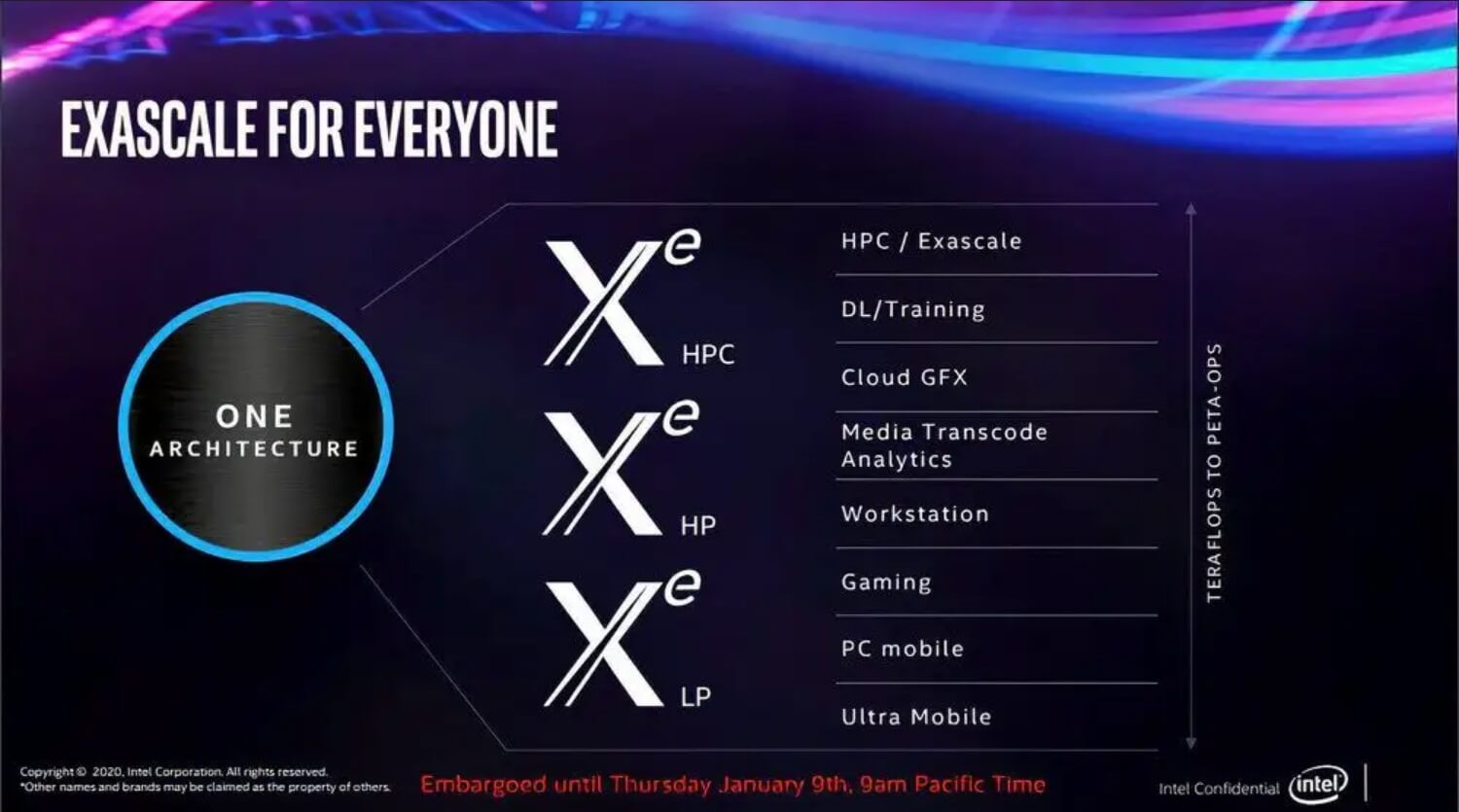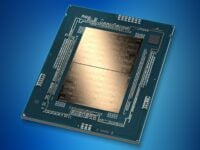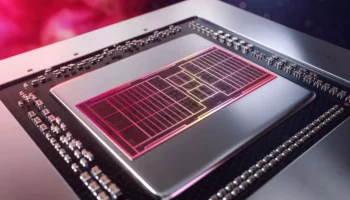Intel’s Arc “Alchemist” graphics cards are all set for launch. Based on the Xe-HPG architecture, these GPUs will mark the chipmaker’s first major foray into the discrete graphics market. Although there have been numerous delays till now, Raja Koduri and his team have ironed out all the rough edges and the big day isn’t too far off now. In a recent interview with DrLupo, he shared some key points regarding the Arc lineup.
As per Koduri, the 1st generation of Arc graphics cards (Alchemist) has already gone through the beta testing phase, and AIBs have received the test samples. The product design (PCB, heatsink, and firmware) is yet to be finalized, but the hard work is mostly done. The GPUs are likely going to follow the grey color scheme as revealed by leaks in the past, but a blue variant may also be released.
Talking about mining, Koduri stated that it’s not the focus of the Arc graphics cards, but the company does have mining-centric hardware in the pipeline. However, the PC gaming market will remain the beating heart of the Intel Graphics Team. It’s worth noting that both NVIDIA and AMD have their mining-oriented SKUs which are directly sold to industrial miners. The manufacturing volume of these products remains quite low compared to the mainstream products though.
Intel’s Alchemist graphics cards won’t support multi-GPU technologies, even though much of it is handled by the developers with the release of DirectX 12. Future generations such as Battlemage, Celestial, and Druid are expected to support inter-GPU connections in some capacity. With the dawn of MCM GPUs on the horizon, these plans are unlikely to come to fruition.
One very interesting feature of Intel’s Arc graphics cards will be the ability to boost the graphics performance of a notebook or an old system using a PC with a high-performance GPU. While this has been possible for a while now using eGPUs, the ability to do so over the internet is something quite remarkable.
Intel’s Arc graphics cards will support ray-tracing with dedicated BVH traversal and intersection units. Furthermore, the company has also developed its neural network-powered upscaling technology, XeSS. Similar to NVIDIA DLSS, XeSS will leverage dedicated hardware units (XMX) integrated into the Xe Cores. Unlike DLSS though, XeSS will also work on NVIDIA and AMD GPUs capable of mixed-precision compute. Intel plans on making the technology open-source in the future in hopes of increased adoption and industry-wide support.






